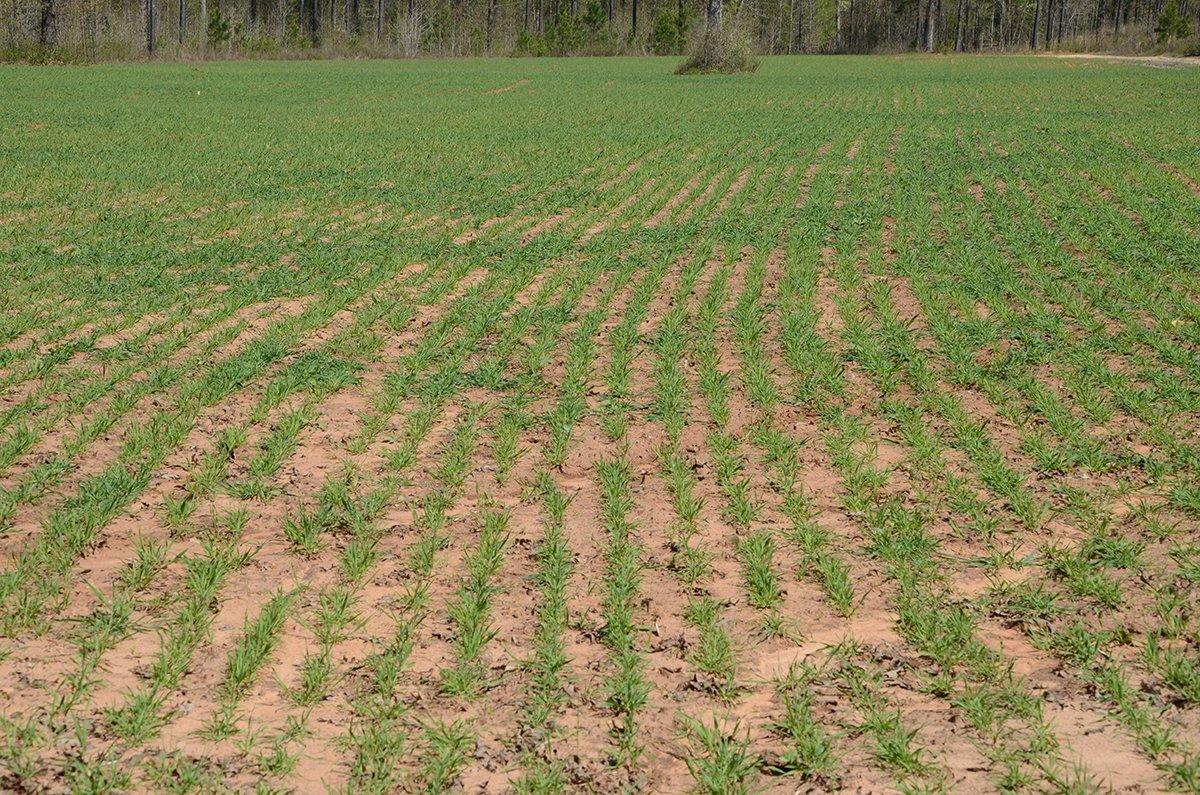What Is Your Preferred Seed Option for Wildlife?
Commonly confused with rye grass, cereal rye is a much better option for wildlife. While rye grass is poor in health value and palatability, cereal rye will benefit the deer you're planting it for. Grown as a grain crop, it is most commonly consumed by wildlife (and livestock) during the late fall on through winter. This makes it a prime option if you're attempting to feed deer or hunt over it during November, December and/or January.
While it isn't necessarily high in protein (15 percent crude protein on average), it can be higher. Plus, it is high in carbohydrates — which is what deer need to survive during the colder months. It generally grows anywhere from 3 to 5 feet tall. And as an annual grass species, it's a solid food plot go-to.
If cereal rye is in your future, it doesn't hurt to plant a mix of (or at least nearby) other cool-season species. This will give the deer a variety of food sources to choose from and will be complimented well if you do blend with a mix of seeds.
Gear Review: Yamaha Introduces 2018 Kodiak 450 in Realtree
Simply put, cereal rye is a tough plant species, and if you need a hardy plant to grow in unideal conditions, this is a solid seed choice.
How to Plant
Begin by taking a soil test. Fertilize and lime as needed. Check the specific seed you're planting for the adequate pH range. When seeding, rates will depend on the method — you may no-till or broadcast them.
Average seeding rates will range from 55 to 75 pounds per acre. If broadcasting, plant at an even higher rate — maybe as much as 100 to 150 pounds per acre. It all depends on the conditions and circumstances. Seed depths should be about 1 inch, but don't seed deeper than 1½ inches. If you're looking to help control weeds and unwanted plants, a higher seeding rate will aid in that effort. If you're wanting to plant cereal rye in conjunction with other plant species, a smaller rate will be necessary. Once seeded, disk the seeds into the soil to set them at the appropriate depth.
When to Plant
When planting cereal rye, depending on location and climate, begin planting in late summer and continue into fall. If you aren't able to get food plots in during the spring or summer, this might be the seed option for you.
This plant germinates very quickly, which also improves the odds of it growing well in a late-season food plot. It isn't quite as attractive as oats and wheat, but it comes in as a close third. And if you already have one or both of those things in the area, it might benefit you to offer the deer an option they can't get elsewhere. Deer have appetite preferences just like we do. Give them a variety of food sources.
Where to Plant
Cereal rye seems to perform the best in the northern half of the country. That is where the best germination and growth will occur. That said, it does grow well in the South, too. It can grow just about anywhere when it comes down to it. And if you're looking for bulk feed for the local deer, this is the best option. It typically produces more forage than most (if not all) other cereal grains. But remember, deer are not likely to eat the stringy seed heads on cereal rye. If you want full consumption and max usage, consider awnless wheat varieties instead.
Don't Miss: 6 Food Plots on a Budget
Are you a hunter wanting to learn how to accomplish your goals? Check out our stories, videos and hard-hitting how-to's on food plots and land management.








